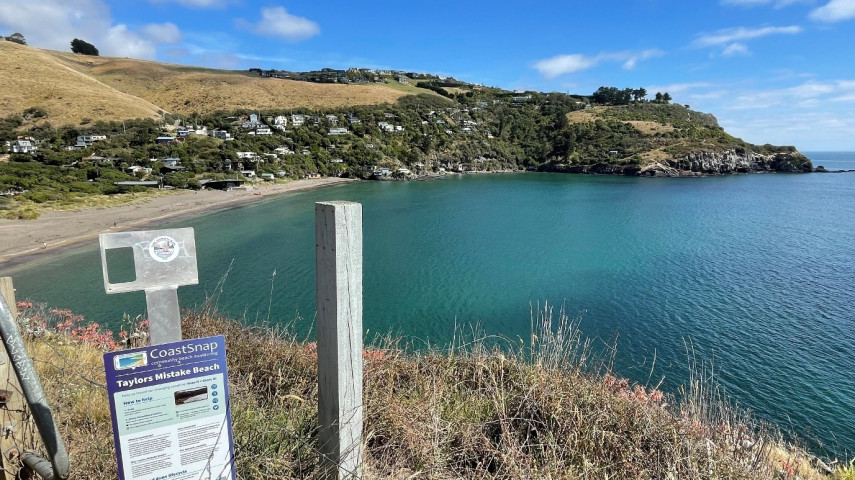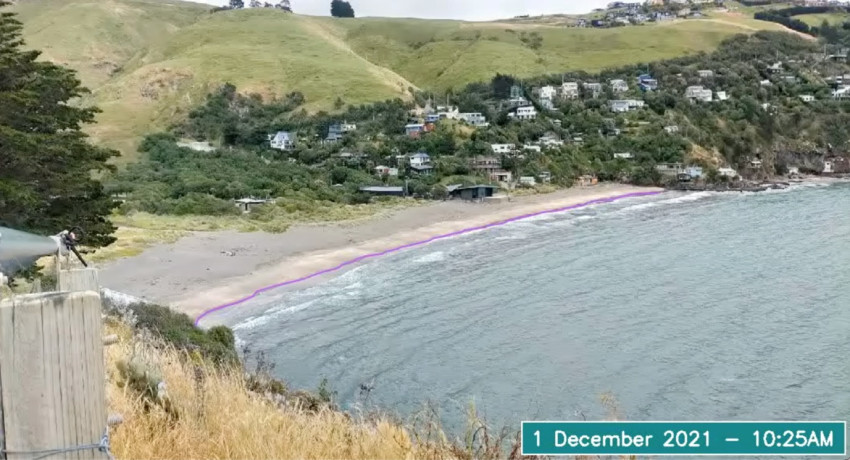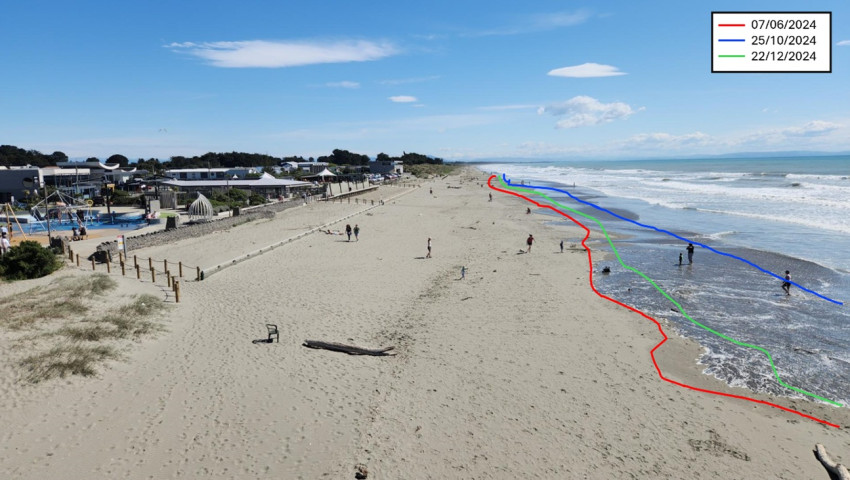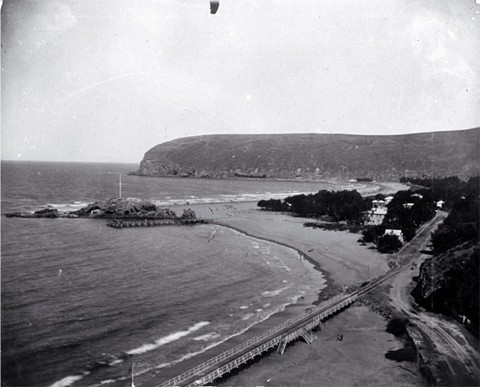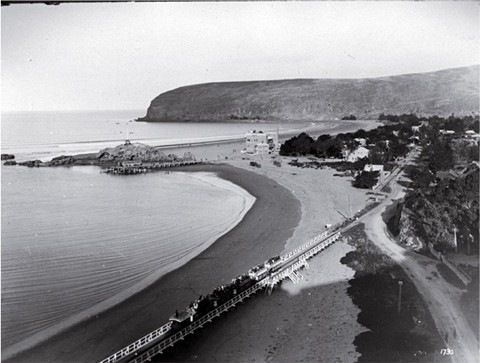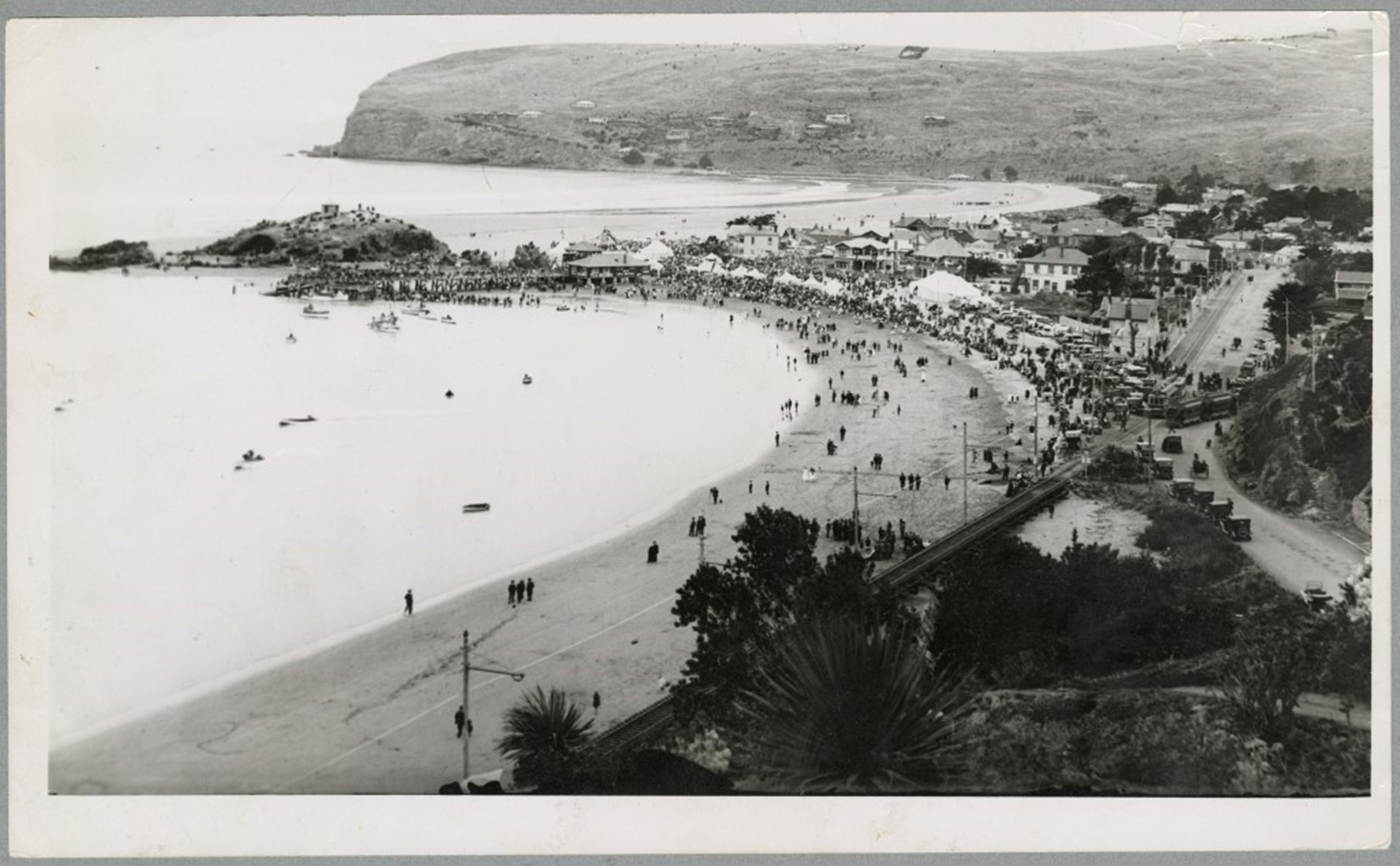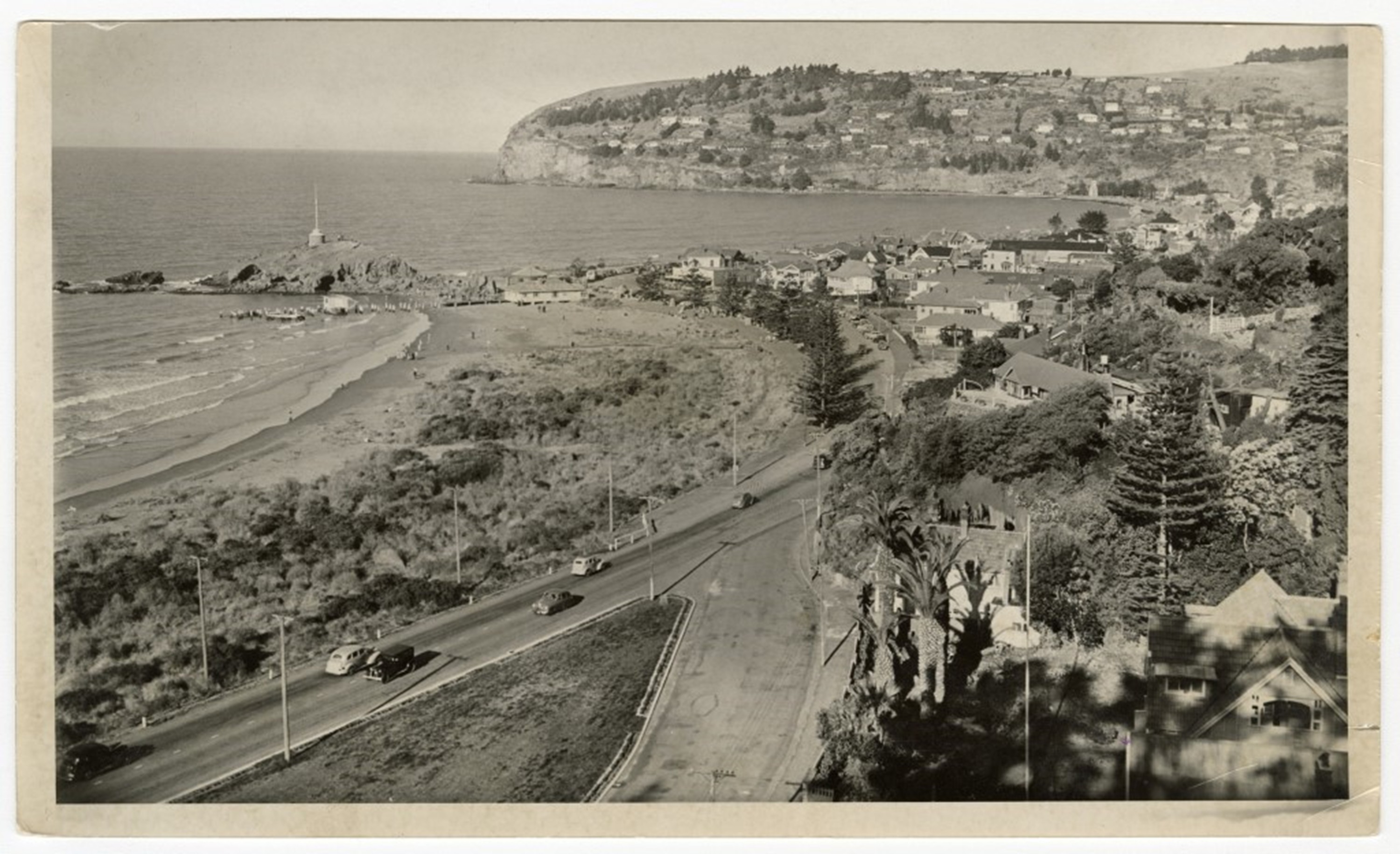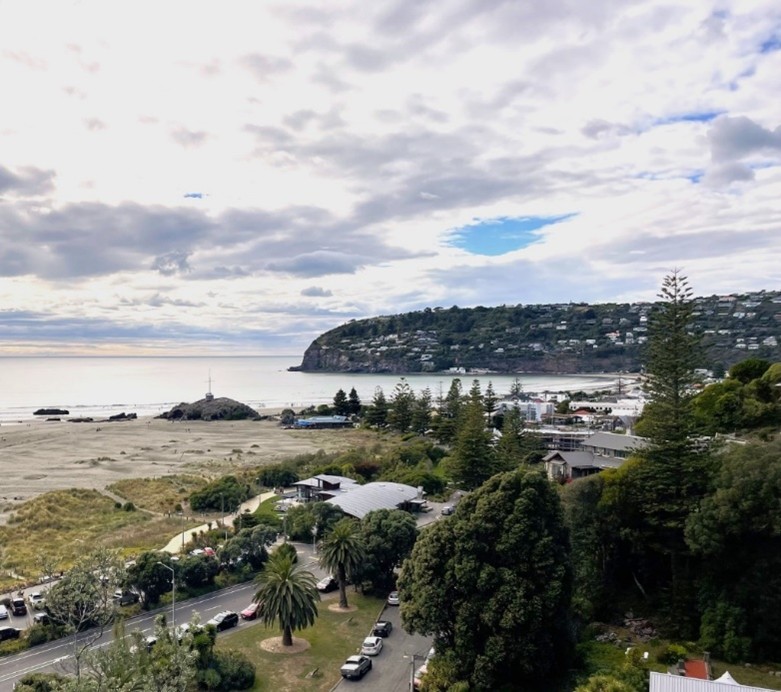1. Snap
Firstly, take a snap on your phone by placing it sideways in one of the photo point cradles located around our city's coastline.
Here are some handy tips to make sure your images are useful:
- Place your phone or tablet snuggly up against the left edge of the photo point cradle.
- Avoid using filters.
- No need to zoom.
2. Share
Simply share it to the CoastSnap app, coastsnapchch@ccc.govt.nz, or Instagram with the hashtag shown on the sign.
If uploading through social media, then make sure you include the time and date the photo was taken in the caption and keep the original shape of the photo.
3. See
Lastly, view the other photos people have posted on our website or by searching the following hashtags on Instagram:
- #coastsnapbrightonnth
- #coastsnapbrightonsth
- #coastsnapshagrock
- #coastsnaptaylors
- #coastsnapcorsair
1. Snap
Firstly, take a snap on your phone by placing it sideways in one of the photo point cradles located around our city's coastline.
Here are some handy tips to make sure your images are useful:
- Place your phone or tablet snuggly up against the left edge of the photo point cradle.
- Avoid using filters.
- No need to zoom.
2. Share
Simply share it to the CoastSnap app, coastsnapchch@ccc.govt.nz, or Instagram with the hashtag shown on the sign.
If uploading through social media, then make sure you include the time and date the photo was taken in the caption and keep the original shape of the photo.
3. See
Lastly, view the other photos people have posted on our website or by searching the following hashtags on Instagram:
- #coastsnapbrightonnth
- #coastsnapbrightonsth
- #coastsnapshagrock
- #coastsnaptaylors
- #coastsnapcorsair

